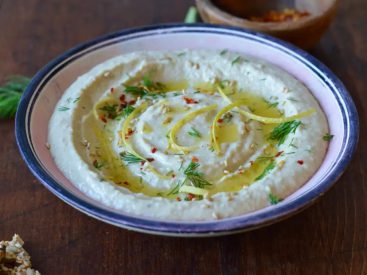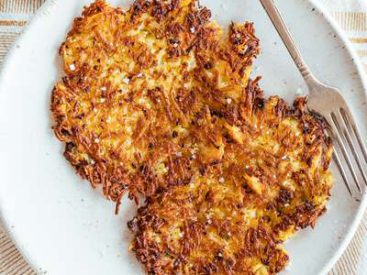What do tahini, frozen grapefruit, and pumpkin have in common? They’re all ingredients in delicious and easy smoothie recipes shared with us by Sandra Wu, author of Feel Good Smoothies . To help us all make better blended beverages, Wu compiled 40 recipes as well as insight on ingredients […]
Delicious!
Delicious!



